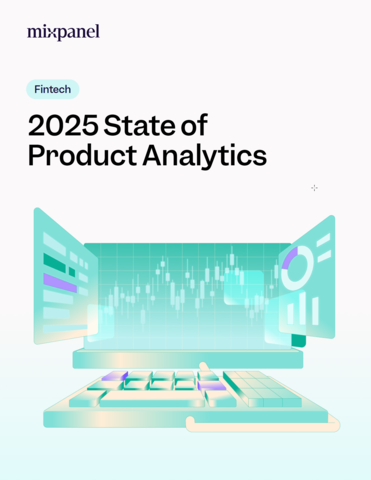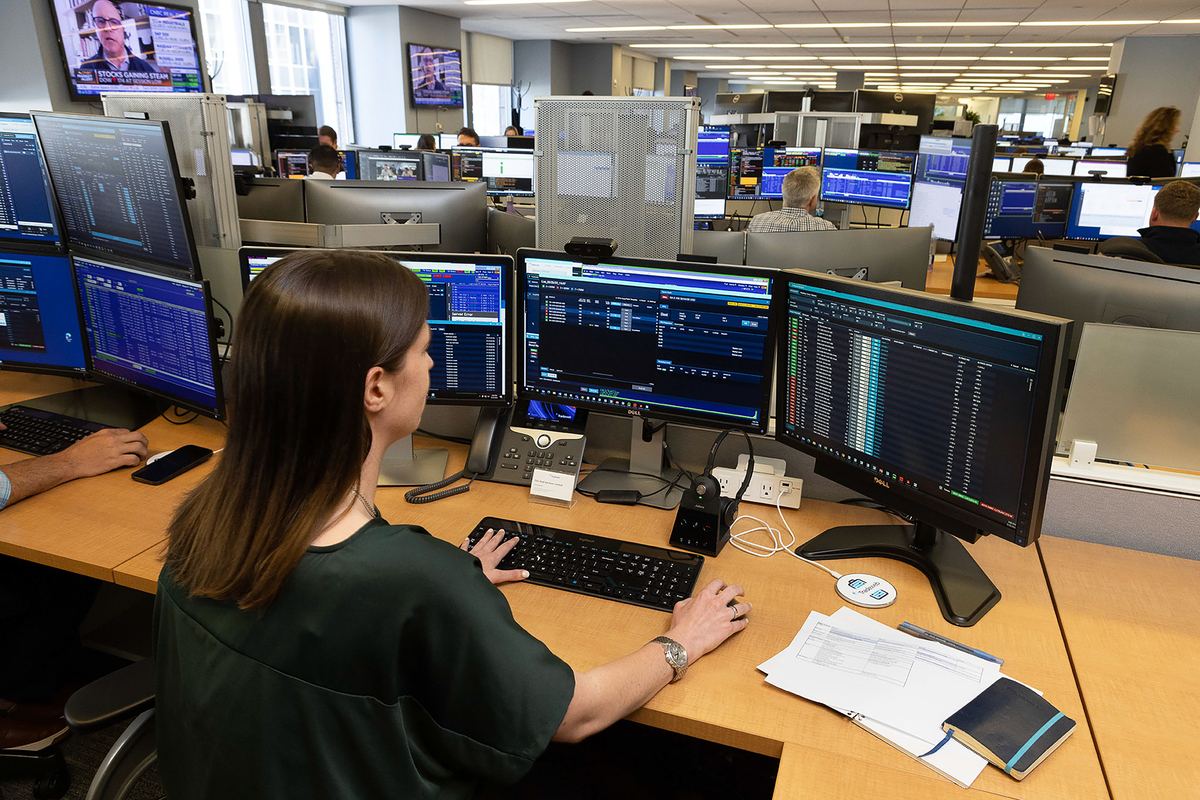A duty of care: how banks can help in the fight against county lines
Nicola Eschenburg at BAE Systems Applied Intelligence argues that banks have a key role to play in disrupting county lines drug gangs
Stories of county lines drug-dealing gangs have dominated news headlines in the UK for several years now. It’s estimated that as many as 27,000 children may have been recruited through coerced criminality, meaning senior gang members could be charged not only with drugs offences but also modern slavery and human trafficking.
This often portrayed as a policing problem. But the truth is that financial institutions also have a huge role to play. By better understanding the behaviours of drug runners through analysis of financial flows, banks can enhance efforts to detect and disrupt this type of criminal activity. They have not only a moral but also a regulatory responsibility to do so.
Why money matters
County lines is at its heart a money-making exercise. The National Crime Agency identified at least 3,000 different lines across the UK and each one can earn an estimated £800,000 in profits annually. So it makes sense that by following the money, or tracking unusual spending, banks can provide vital intelligence to law enforcement.
But it’s not easy. Those at the top of these criminal enterprises are intelligent, savvy individuals who know exactly how to avoid detection. That’s why efforts should also focus lower down on the runners recruited to traffic and sell the drugs.
Sometimes runners are paid in goods like trainers, which banks can’t spot until those goods are sold and money enters their account. But sometimes they will also be given cash, and that cash will likely be deposited.
This is where intelligent monitoring comes in. County lines runners are typically 14-17-years-old and could be as young as 11 or 12. They come from low income areas, often from single parent families living with the help of state welfare. Fundamentally these are not people you’d expect to deposit £1,000-£2,000 into their accounts out of the blue.
They may in turn transfer large one-off sums to family members, or smaller amounts in frequent instalments. Again, these are highly unusual transactions for specific customer profiles. You’d expect to see some small sums transferred from parent to child, but not usually the other way round.
Another factor for considerations is geographical location. Most teenagers will not venture far from home. But county lines runners on average travel 69 miles out of their local area. By tracking spending far from home, banks may get further useful intelligence to flag possible criminal activity. Interestingly, with the decline of rail travel during the pandemic, it became much easier to spot runners using the UK’s transport network.
Working hand-in-hand
The bottom line is that by better understanding the age and family background of these young banking customers, financial institutions can focus more on behaviours than low-level indicators that could lead to lots of false positives.
But how do they know what’s working and what isn’t? This is where intelligent, behaviour-based systems can help. By simulating the transactions of county lines runners, testing their detection of that activity and feeding back into banks’ anti money laundering (AML) systems, they can continuously improve detection capabilities.
The way police and banks think is fundamentally different. But this doesn’t have to be the challenge it currently is. Law enforcers have a broad range of crime to cover, and don’t always have the time and resources to spend investigating county lines runners. This is where banking visibility and insight offers a real value-add, as long as they work closely with police.
Of course, financial institutions must be careful how they use this data—in a non-discriminatory and ethically sound way. But they have an obligation to do so, not only to the AML regulators who expect action be taken to detect predicate offences like drug and human trafficking. But also to the victims themselves and their families, whose lives might otherwise be ruined.
County lines gangs will continue to coerce and trick vulnerable youngsters into their organised crime groups, and to adapt their modus operandi over time to keep this activity hidden. But with better awareness and insight, driven by improved training and tools, banks can deliver a major boost to policing efforts. In so doing we can all help to raise the bar in the fight against organised crime.
Nicola Eschenburg leads the development of FinCrime Testing Service, BAE Systems Applied Intelligence’s newest financial crime product.
Main image courtesy of iStockPhoto.com
Nick Scheffer
You may also like
A clear line of sightSPONSORED ARTICLE
A refreshingly different approach to marketingSPONSORED ARTICLE
Most Viewed
Winston House, 3rd Floor, Units 306-309, 2-4 Dollis Park, London, N3 1HF
23-29 Hendon Lane, London, N3 1RT
020 8349 4363
© 2025, Lyonsdown Limited. Business Reporter® is a registered trademark of Lyonsdown Ltd. VAT registration number: 830519543





